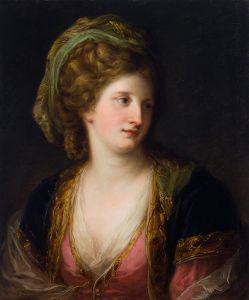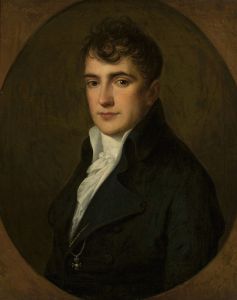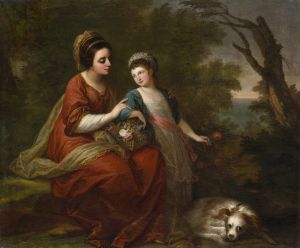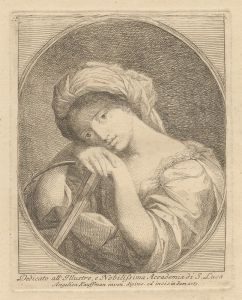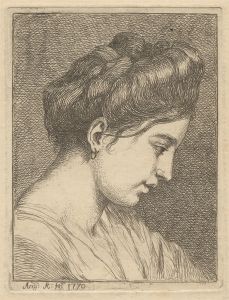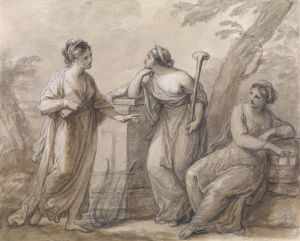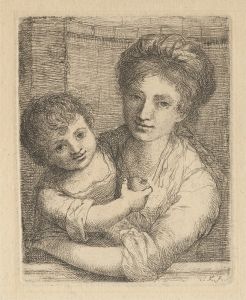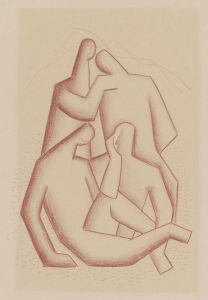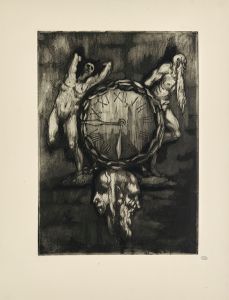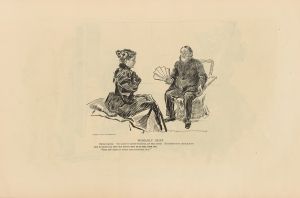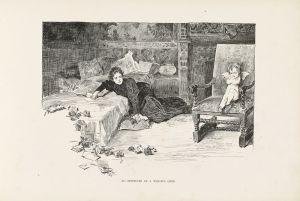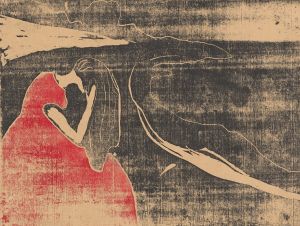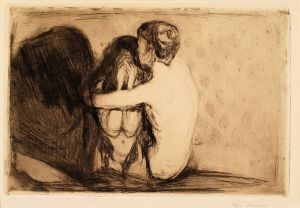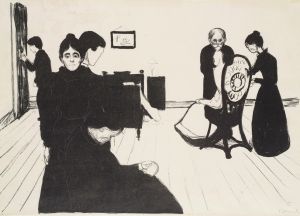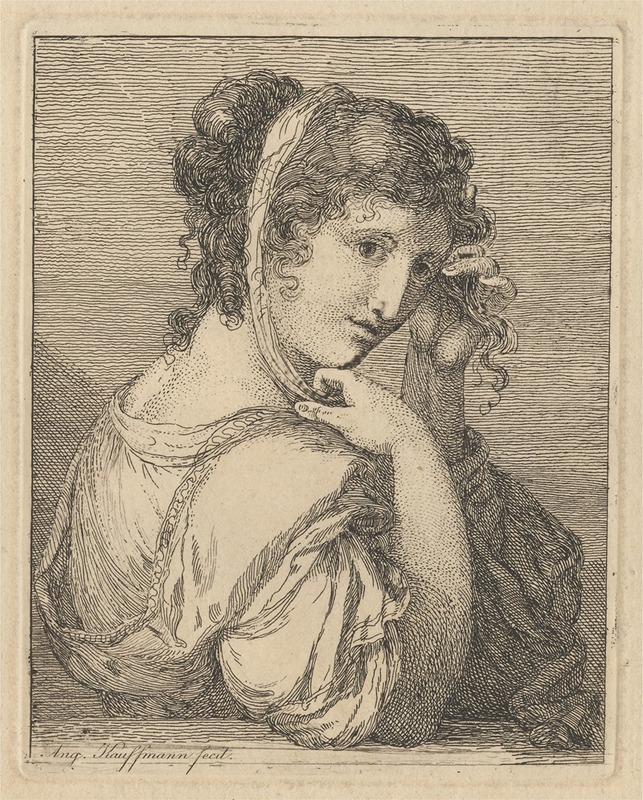
Woman Weeping Beside an Urn
A hand-painted replica of Angelica Kauffmann’s masterpiece Woman Weeping Beside an Urn, meticulously crafted by professional artists to capture the true essence of the original. Each piece is created with museum-quality canvas and rare mineral pigments, carefully painted by experienced artists with delicate brushstrokes and rich, layered colors to perfectly recreate the texture of the original artwork. Unlike machine-printed reproductions, this hand-painted version brings the painting to life, infused with the artist’s emotions and skill in every stroke. Whether for personal collection or home decoration, it instantly elevates the artistic atmosphere of any space.
Angelica Kauffman was an acclaimed Swiss Neoclassical painter of the 18th century, renowned for her historical and allegorical subjects. Her work "Woman Weeping Beside an Urn" is a notable example of her artistic style and thematic focus, although specific details about this painting are not extensively documented in historical records.
Kauffman was born in 1741 in Chur, Switzerland, and demonstrated artistic talent from a young age. She was trained by her father, Joseph Johann Kauffman, a skilled muralist and painter, which provided her with a solid foundation in the arts. Her early exposure to the art world and her travels across Europe, including Italy and England, significantly influenced her development as an artist.
Throughout her career, Kauffman was celebrated for her ability to blend classical themes with a refined sense of emotion and narrative. Her works often depicted scenes from literature, mythology, and history, and she was particularly adept at capturing the subtleties of human expression and emotion. This skill is evident in "Woman Weeping Beside an Urn," where the subject's sorrow is conveyed with sensitivity and depth.
The painting likely reflects Kauffman's interest in themes of mourning and remembrance, common in Neoclassical art. The urn, a classical symbol of death and memory, serves as a focal point in the composition, emphasizing the theme of loss. The woman's posture and expression suggest a deep, personal grief, inviting viewers to contemplate the nature of mourning and the passage of time.
Kauffman's work was highly regarded during her lifetime, and she was one of the founding members of the Royal Academy of Arts in London in 1768. Her success in a predominantly male-dominated field was a testament to her exceptional talent and determination. She was one of only two female founding members of the Academy, the other being Mary Moser, and her inclusion signified a significant achievement for women in the arts during that period.
In addition to her historical and allegorical paintings, Kauffman was also a skilled portraitist. Her portraits were sought after by the European elite, and she painted many prominent figures of her time. Her ability to capture the likeness and character of her subjects further solidified her reputation as a leading artist of her era.
Kauffman's legacy endures not only through her paintings but also through her influence on the Neoclassical movement. Her work exemplifies the ideals of clarity, harmony, and balance that characterized the period, and her contributions to the arts continue to be celebrated today.
While specific details about "Woman Weeping Beside an Urn" are limited, the painting remains an important part of Kauffman's oeuvre, reflecting her mastery of emotion and classical themes. Her ability to convey complex human experiences through her art has left a lasting impact on the history of painting, and her works continue to be studied and admired for their beauty and emotional depth.





